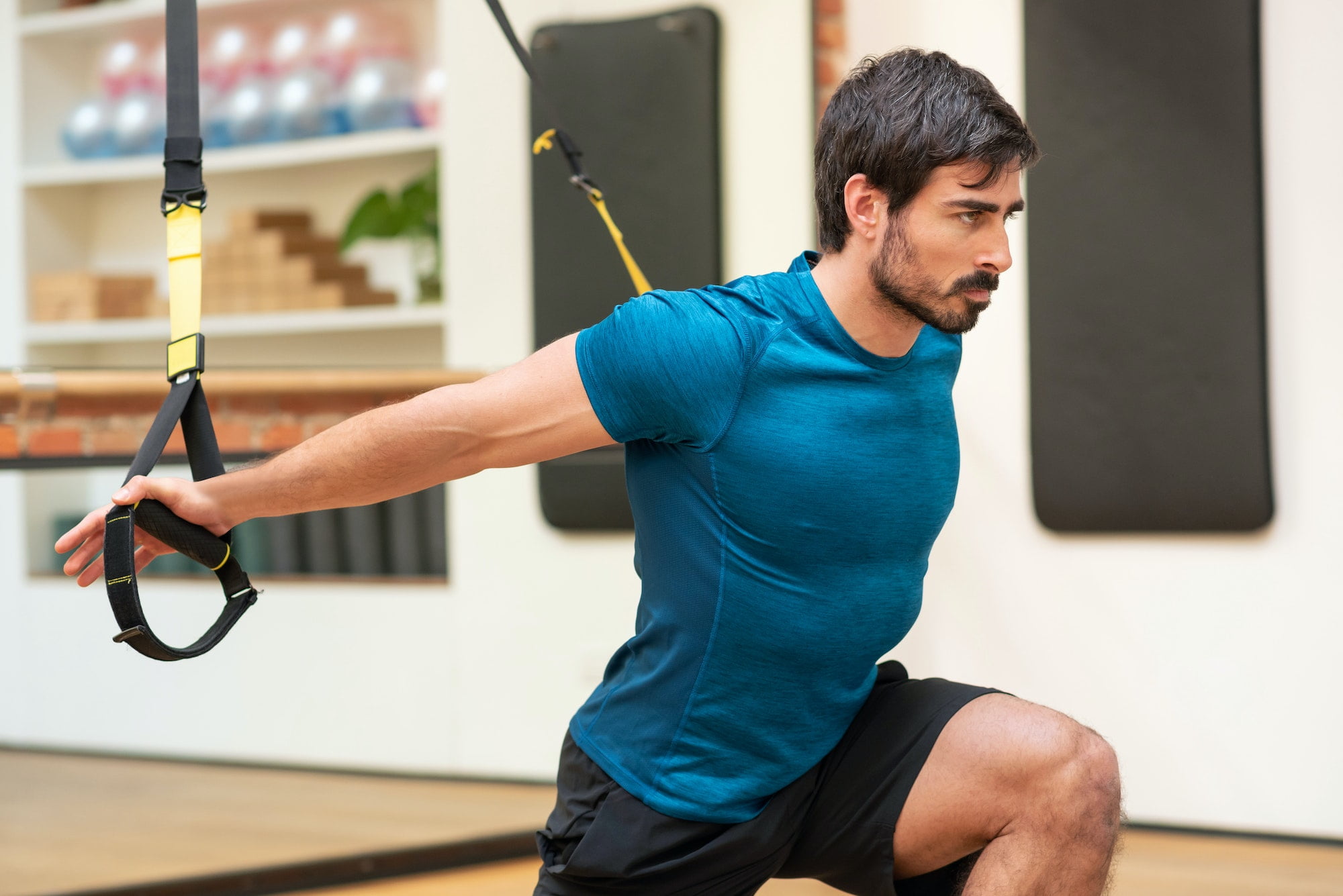Carpal tunnel syndrome (CTS) is a condition caused by compression of the median nerve as it passes through the wrist. It is a common problem that can cause pain, numbness and tingling in the hand and fingers. Although CTS can be a serious and debilitating condition, it can often be managed with simple exercises and stretches. In this article, we’ll discuss the top 5 stretches and exercises for pain relief from carpal tunnel syndrome.
1. Wrist Flexion and Extension Exercises
Wrist flexion and extension exercises are two of the most common exercises prescribed to help alleviate carpal tunnel pain. For wrist flexion, start by sitting up straight with your arm extended out in front of you, with your palm facing downwards. Gently bend your wrist back and forth, moving your hand up and down a few inches. Repeat the exercise 10-15 times. For wrist extension, start in the same position with your arm extended out in front of you, but this time with your palm facing upwards. Then, bend your wrist backwards and forwards a few inches. Repeat the exercise 10-15 times.
These exercises can help strengthen the muscles and tendons in your forearm, which can help reduce pressure on your median nerve. For best results, perform the exercises twice a day, every day.
2. Wrist Stretches
Another way to reduce pressure on your median nerve is to stretch your wrists. To do this, start by sitting up straight with your arm extended out in front of you, with your palm facing downwards. Gently bend your wrist downwards and hold for 10-15 seconds. Then, bend your wrist upwards and hold for 10-15 seconds. Repeat the exercise 10-15 times. This exercise can help reduce tightness in your wrist, which can help reduce pressure on your median nerve.
For best results, perform the exercises twice a day, every day.
3. Hand Squeezes
Hand squeezes are another simple exercise that can help alleviate carpal tunnel pain. To do this, start by sitting up straight with your arm extended out in front of you, with your palm facing downwards. Then, gently squeeze your fingers together and hold for 10-15 seconds. Release the squeeze and repeat the exercise 10-15 times. This exercise can help strengthen your hand muscles, which can help reduce pressure on your median nerve.
For best results, perform the exercises twice a day, every day.
4. Finger Stretches
Finger stretches are another effective way to reduce carpal tunnel pain. To do this, start by sitting up straight with your arm extended out in front of you, with your palm facing downwards. Then, gently stretch your fingers out and hold for 10-15 seconds. Release the stretch and repeat the exercise 10-15 times. This exercise can help strengthen the muscles and tendons in your hand, which can help reduce pressure on your median nerve.
For best results, perform the exercises twice a day, every day.
5. Thumb Rotations
Thumb rotations are another simple exercise that can help alleviate carpal tunnel pain. To do this, start by sitting up straight with your arm extended out in front of you, with your palm facing downwards. Gently rotate your thumb in a circular motion 10-15 times. Then, rotate your thumb in the opposite direction 10-15 times. This exercise can help strengthen the muscles and tendons in your hand, which can help reduce pressure on your median nerve.
For best results, perform the exercises twice a day, every day.
Although carpal tunnel syndrome can be a serious and debilitating condition, it can often be managed with simple exercises and stretches. If you are experiencing carpal tunnel pain, try incorporating these 5 stretches and exercises into your daily routine. For more information about carpal tunnel syndrome, check out this helpful guide.
Here is a helpful list of the stretches and exercises we discussed in this article:
- Wrist Flexion and Extension Exercises
- Wrist Stretches
- Hand Squeezes
- Finger Stretches
- Thumb Rotations
It is important to remember that carpal tunnel syndrome is a serious condition that should not be taken lightly. If you experience any pain, numbness, or tingling in your hands or fingers, it is important to consult with your doctor to determine the cause and best treatment options.

